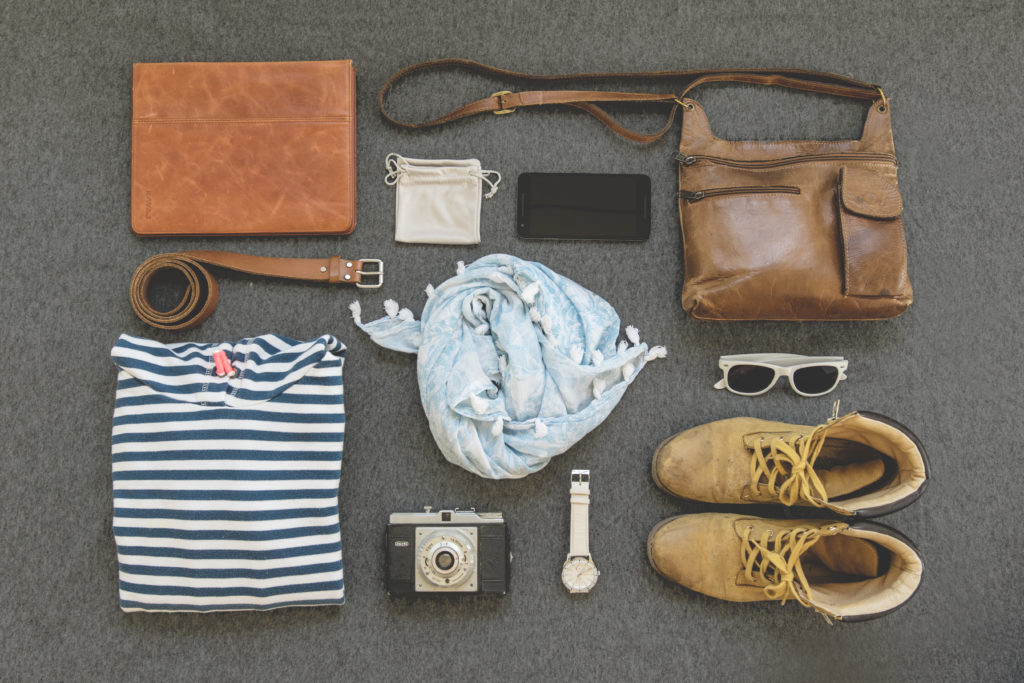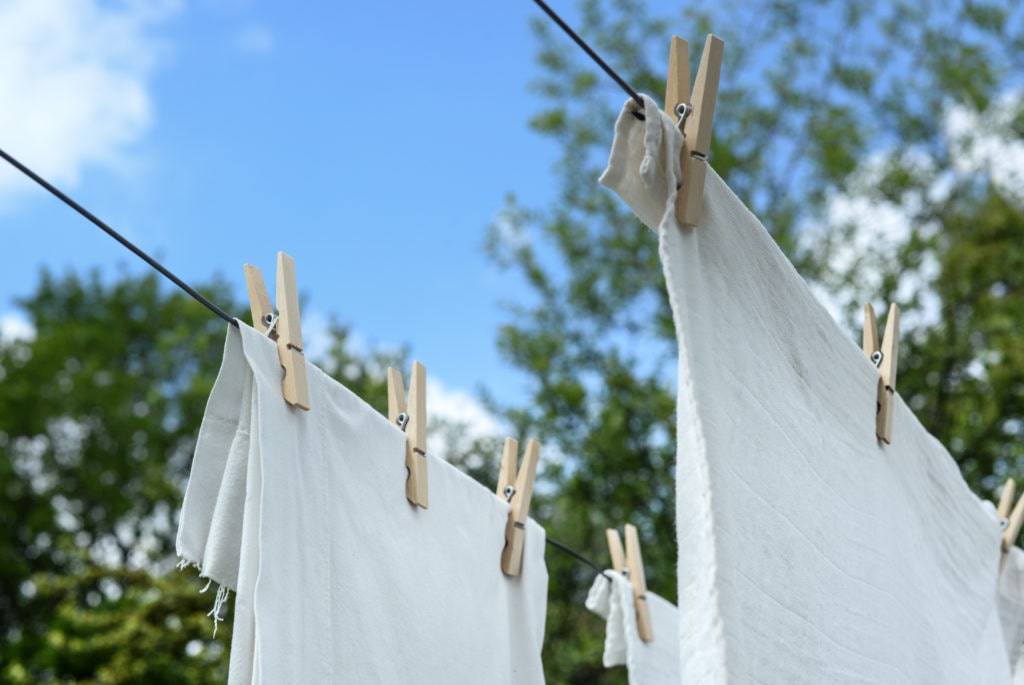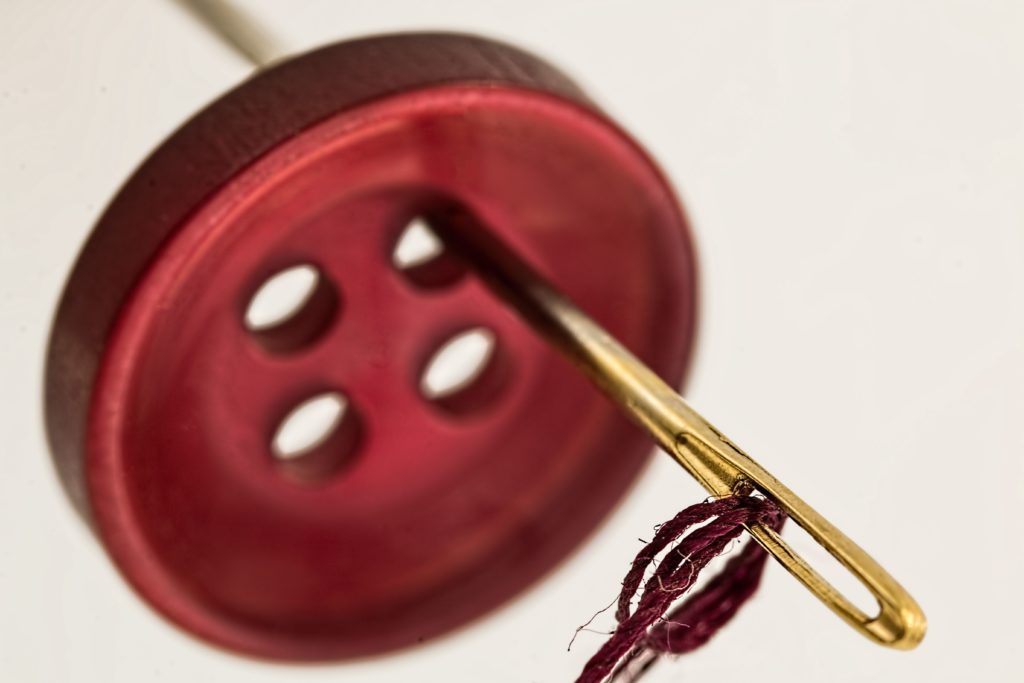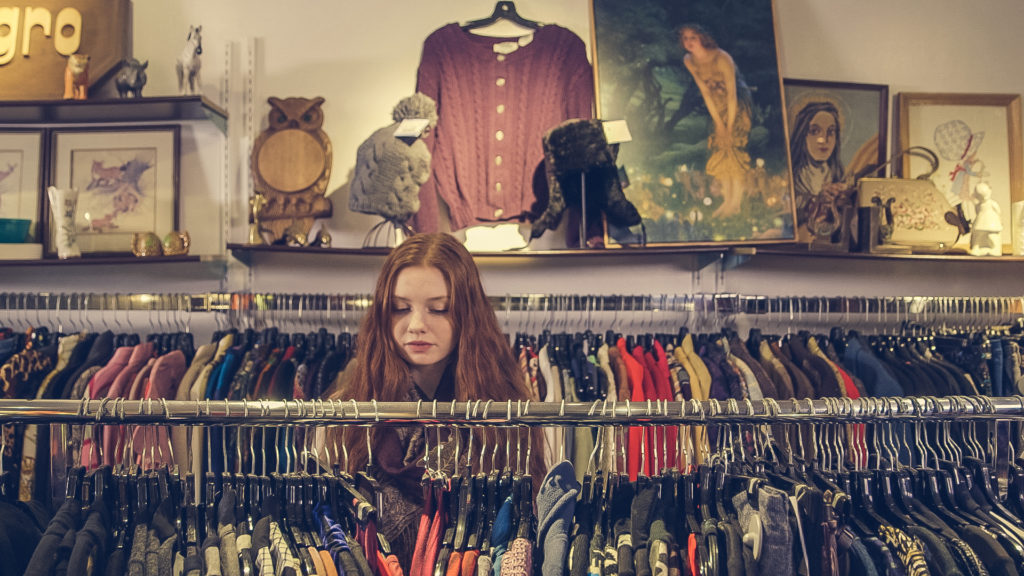Tips/Articles,
Fast Fashion is a Bad Deal for the Planet
Jul 24 2020

Did you know that the average adult in the U.S. buys about 70 articles of clothing each year? Unfortunately, much of that clothing is what is considered “fast fashion“: cheap, trendy clothes that quickly go out of style and are not built to last, so quickly discarded. And that adds up. Every second, the equivalent of 1 garbage truck of clothing is dumped in landfills or burned in the U.S. alone.
Not only is the amount of waste from fast fashion an issue, there’s a slew of other negative impacts from it’s production. How do you make a t-shirt that sells for only $5? Typically, with sweatshop labor in unsafe working conditions and with few environmental safeguards. You may recall hearing about deadly factory accidents such as the Rana Plaza garment factory collapse in 2013, which killed over 1,100 people. The global fashion industry is responsible for about 20% of all industrial water pollution and 10% of CO2 emissions each year. Cheap synthetic fabrics are often used in production and contribute to microplastic pollution. All in all, it’s a bad deal. So, what’s the alternative?

Make it Last (aka Reduce & Reuse!)
Take care of your clothing so that it lasts. The fewer shirts you need to buy, the less resources are needed to make and transport clothing. Plus, the longer your clothes last, the more bang for your buck. How do you extend the life of your clothing? Wash less. Lint in your dryer is fabric shedding off your clothing. Every time you wash and dry, there’s a little less of your shirt left. If it doesn’t smell or appear dirty, then skip the washer. Hang your clothing to air out after you wear it to help keep it fresh between washes. Spot clean as needed and perhaps try a homemade natural fabric refresher spray. When you do wash, go easy on your clothes: use cold water and air dry as much as possible. To keep the color vibrant, try washing your clothes inside-out.

Wear, Care, and Repair
Make repairs to your clothing to keep it functional and looking good. Learn how to do it yourself (the internet is a fantastic resource!) or find a good tailor that can help. Lots of dry cleaners also provide simple clothing repair. For shoes, do what you can to keep them in good shape by cleaning and conditioning (if applicable). When a repair beyond your skill is needed, find a cobbler for help. Local cobblers may be in short supply but fortunately, there are mail-in shoe repair services. Some are even contracted for authorized repair services by specific footwear brands so you know they are reliable. Many also fix purses and belts.

Buy Quality, Ethical, and Sustainable
Sometimes you just need some new (or new-to-you) clothing. When you do need to add to your wardrobe, buy fewer, high-quality, ethically-made pieces of clothing. Buy organic and natural materials as much as possible. Buy used. It can be hard to hit all of these goals at once. You will likely have to make compromises but the goal is progress, not perfection. When you start to look for clothes that meet higher standards, you may find there are more options out there than you realized.

To get you started, The Good Trade is a good resource to find ethical and sustainable fashion brands. Going Zero Waste also has many posts on sustainable clothing.
Donate, Resell or Recycle
When your clothes are no longer working for you put them to work for another task or person!

If the item is in good shape, keep it in circulation! Donate or resell items that are in good shape but no longer work for you. Donate to your local resale or thrift stores or via GiveBackBox. There are also non-profits that accept clothing specific to their mission such as Dress for Success. Resell at your local consignment store or in online markets such as thredUP or Poshmark, or consider doing a clothing swap with friends.
Once an item is beyond repair, ask yourself, could it be used for another purpose? Old cotton shirts make great cleaning rags. Or get creative and upcycle your clothes into something new to wear or use around the house.
Recycle – but not at home! Here in DuPage County, a handful of electronics recycling locations also accept clothing for reuse and recycling through a partnership with RewearAble.
Some brands offer recycling for clothing. H&M has a textile recycling program in their stores for any brand clothing. Levi’s and Madewell both offer in-store denim recycling programs. Check with your favorite brand to see if they offer a recycling program. Goodwill stores in metropolitan Chicago and southeast Wisconsin participate in textile recycling – simply bring your worn out items to a local store as you would any other donations but skip the donation receipt.
Learn more
If you’re looking to dive deeper into the topic of fast fashion or for more guidance on shifting toward a more ethical and sustainable wardrobe, check out Elizabeth Cline‘s books and writing.